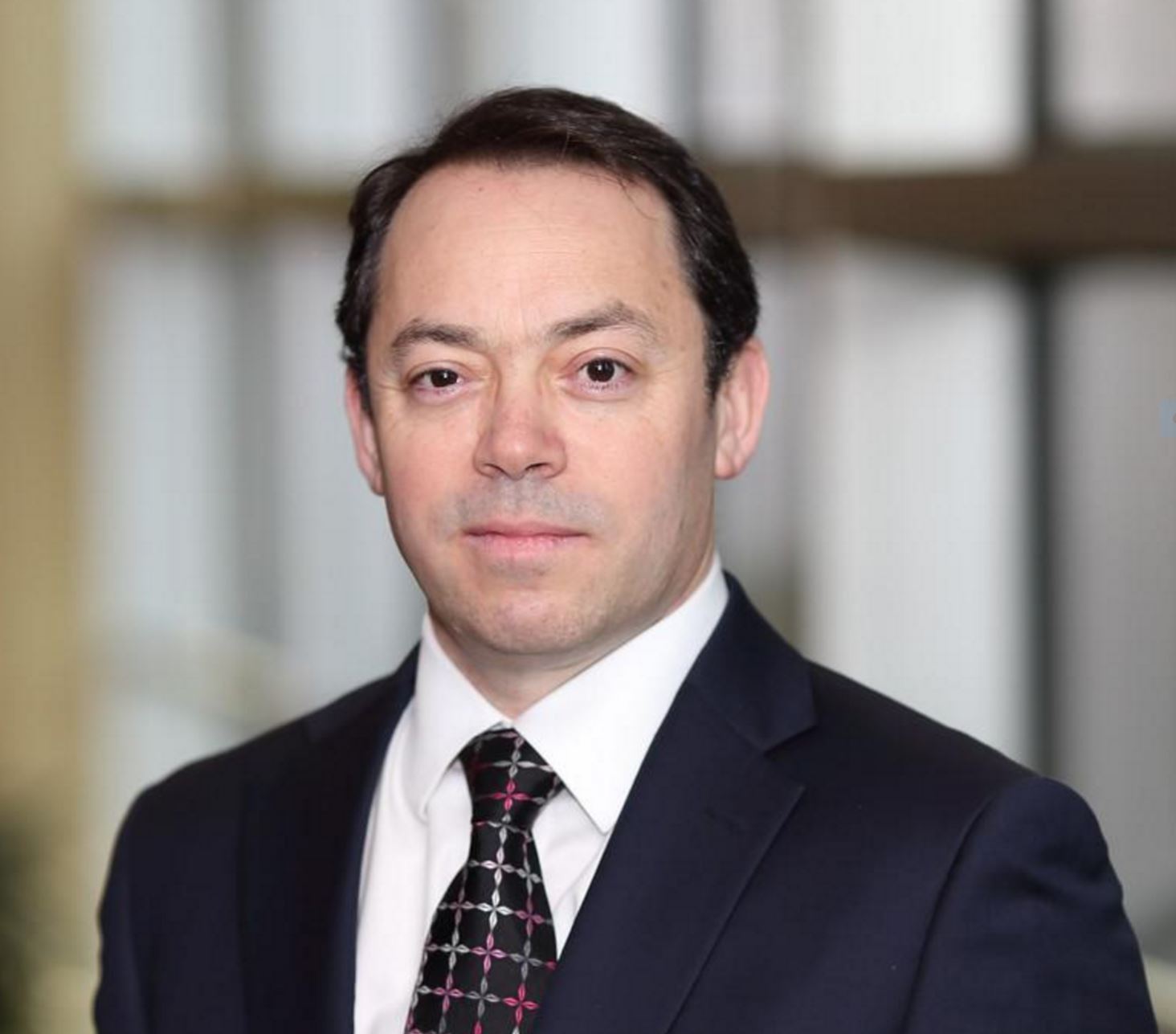It’s been over a year since Russ Koesterich, Portofolio Manager of BlackRock‘s BGF Global Allocation Fund joined the Global Allocation team. In this interview he talks about his investment process, asset allocation, the market, reflation, factor investing, volatility, and the key economic data points that his team is monitoring.
Tell us about the work that you and the team have been doing to evolve the investment process.
Since the inception of the strategy in 1989, Global Allocation has been a story of evolution as the investment opportunity set has grown, technology has improved and team resources have expanded. We have continued that evolution and made some enhancements to the investment process which we believe harness the competitive advantages of the Global Allocation platform. These include: a greater dedication of risk budget to our higher conviction ideas from our bottom-up security selectors, position sizing by the portfolio managers and the adoption of more robust portfolio optimisation tools that allow us to better calibrate our top-down asset allocation decisions.
What has not changed about Global Allocation is our mission to deliver returns competitive with global stocks, over a full market cycle, at a lower level of volatility. We also remain keenly focused on managing risk, maintaining flexibility, and being value-oriented in our investment decisions. We do, however, expect recent enhancements to allow for more deliberate risk taking in the portfolio and believe that they provide a competitive advantage relative to other multi-asset funds given our focus on both bottom-up security selection and top-down asset allocation. While it is still early days since initiating these enhancements, we are encouraged by the improvement in relative performance and in particular would note the contributions to performance that we have seen from both security selection and asset allocation.
You talk about the ability for Global Allocation to deliver a higher breadth investment solution at a time when there are few cheap traditional asset classes. What do you mean by that?
Higher breadth refers to a portfolio that is well diversified, with lots of relatively small, uncorrelated bets. Having the opportunity to work on the BGF Global Allocation Fund with its flexible mandate and a highly experienced, fundamentally driven, multi-asset investment team was very compelling to me. It is uncommon for multi-asset funds to have both bottom- up and top-down expertise within one captive team. This depth of expertise allows for multiple ways to generate alpha relative to a standard 60/40 benchmark and allows for more differentiation versus a portfolio of all ETFs.
Looking at valuations, the challenge for many investors is that broad betas are generally expensive. That is certainly the case in developed market government bonds and US equities. In fact, US equities and US bonds have never both been as expensive at the same time as they are today. In short, there are very few bargains when looking across at major asset classes. In order to find value, one has to look a little deeper, beneath the surface of the index, and get more creative in order to isolate opportunities.
This is where we can build a portfolio of more bespoke ideas. This includes the work we are doing to focus more of our risk budget on the idiosyncratic ideas derived by our fundamental investors. In addition, we have capabilities to build customised baskets of securities that seek to capitalise on a particular theme that we feel strongly about, such as dividends in emerging markets or low-volatility stocks that possess less interest rate sensitivity. The fund’s ability to utilise derivatives such as options, also allows us to move opportunistically when we identify an attractive opportunity and build an asymmetric payout into the portfolio. This was on display last summer when we bought long-dated, out-of-the-money call options on US financial stocks shortly after the UK referendum. It is flexibility like this that allows for more varied ways to generate alpha at a time when broad betas have enjoyed a phenomenal market rally.
The ‘reflation rally’ that began in mid- 2016 stalled out in the first quarter of 2017. What do you think is driving this change in asset class performance and how has the fund performed as a result?
The exact cause of the change in asset class performance is tough to pinpoint, but it is likely to be a combination of investors adjusting their views on global growth in the short-term and asset price movements. On the latter point, the asset classes most likely to benefit from a period of reflation moved a good deal from the summer of 2016 as global growth expectations improved. In many respects, it is not unusual to see these market trends reverse, even if for only a brief period, as investors seek to rebalance their portfolios. Within the BGF Global Allocation Fund, we too made a number of rebalancing decisions in Q1 in response to this change in asset prices. These included: reducing the fund’s financials weighting; adding to US dollar (USD) duration as yields backed up; reducing the fund’s USD weighting and adding to gold-related securities. These rebalancing decisions, along with a few others, have allowed the Fund to maintain a strong start to the year despite shifts in asset class leadership.
What are the key economic data points that your team is monitoring and do you believe that the world economy has shifted into a higher-growth, higher-inflation regime? How is the portfolio positioned in light of this?
While there has undoubtedly been an improvement in the global economy since early 2016, the jury is still out on whether we have shifted into a higher-growth, higher-inflation regime. Like many investors, we are very focused on the divergence between the consumer and business survey data (i.e. soft data) and the transactional data such as GDP, retail sales and things like auto sales (i.e. hard data). In short, the global economy is not performing as well as the survey data would suggest. We have seen episodes like these in the post-financial crisis era, whereby risk assets have appreciated given expectations for monetary and/or fiscal stimulus; when those expectations prove to be too optimistic or when the stimulus starts to fade, risk assets can become vulnerable to the downside. In the near-term, we need to see firmer evidence, especially in the US, that confidence is translating into activity.
Therefore, I would characterise the portfolio as still constructive on the economic outlook over the intermediate term and as a result, still constructive on equities, especially in Japan and Europe vis-à-vis the US. We have, however, made a number of small adjustments to the fund’s sector positioning, fixed income duration, gold exposure and currency positioning as potential hedges in the event that global growth expectations start to deteriorate more rapidly.
Equity market volatility is at a historical low despite policy uncertainty and geopolitical risks increasing. How do you guard against the possibility of increases in market volatility while still pursuing your high conviction views?
This is the essence of portfolio construction and something that I think we do well and that we have been able to evolve over the past year. The possibility that equity market volatility could increase should not prevent us from pursuing our higher conviction views. Rather, it should cause us to think about what we want to own in conjunction with those higher conviction ideas in order to effectively manage our risk, both in absolute and relative terms. Unfortunately, what we see from many end investors over time is a tendency to construct a portfolio based purely on their best ideas without any thoughtful consideration to correlations and how things interrelate. The risk is that the investor ends up with a portfolio of correlated ideas at the wrong time in a market cycle.
We have the ability to look at the fund through multiple prisms, which allows us to understand not only sector or regional exposures, but also something like our factor exposures. To what extent are we more exposed to quality or momentum and how can we manage that if we believe volatility could spike? We can also look at recent asset class correlations and then change our correlation assumptions in order to stress test the portfolio under a different market regime. To what extent is gold helping to diversify equity risk today versus previous years? The answers to these questions can provide us with important insights so that we persist with our high conviction ideas, remain well diversified in the event of a change in volatility and seek to deliver a return that is competitive with global stocks over a full market cycle at a lower level of volatility.







 By Fórmate a Fondo
By Fórmate a Fondo
